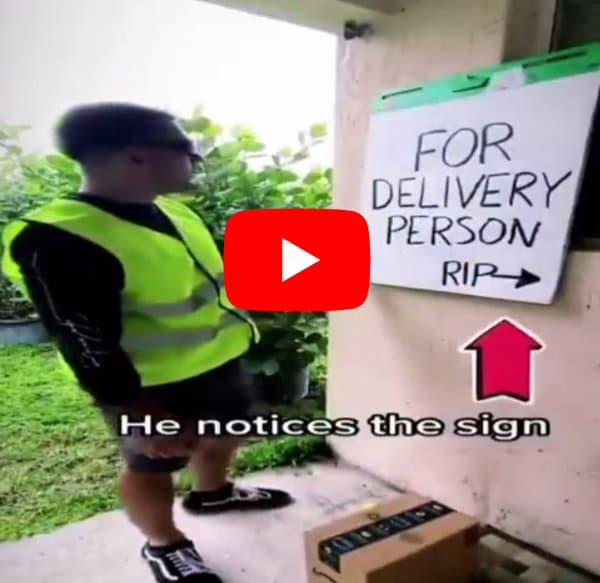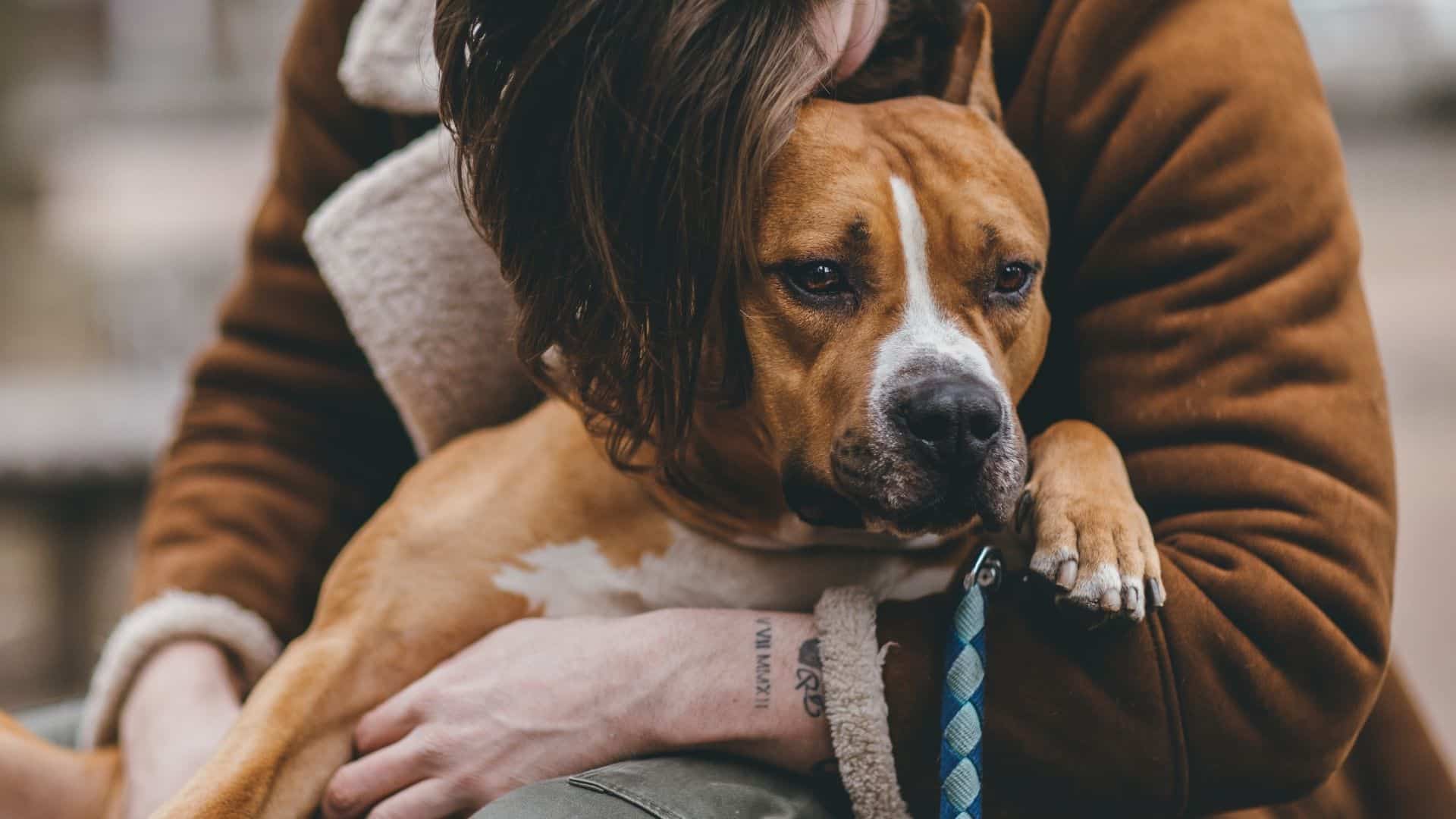Norwich Terrier | Chicopee, MA
Age : 1 YearYoungMaleSmall
Coat Length
MediumGood in Home With
Children
He's bombastic, call him fantastic, scratch behind his ears you'll say he's Mr. Dra-aa-matic! Shaggy is a high energy boy who is a little shy at first and prefers to spend his time with female dogs. He will need some support while he learns how to walk on a leash appropriately with positive reinforcement, and is a little mouthy when excited. While Shaggy does not have a decades long singing career like his namesake, he is found of serenading those around him from time to time.OTHER PETS: Shaggy is calm with female dogs, even those bigger than him; but tense with males. He would do best with another dog who gives appropriate feedback. [Case by Case (Must Meet First)]OWNER EXPERIENCE: Shaggy's best fit would be with someone dedicated to ensuring he gets the positive reinforcement training and support he needs. [First Dog] KIDS: Shaggy likes people but is initially shy and then quickly transitions to excited, becoming jumpy and mouthy in the process. He is a calm lap dog, and is not aggressive, but any humans he lives with should expect that it will take time to decompress in order for Shaggy to interact without jumping or being mouthy. [10+/Dog Savvy (Must Meet First)]ACTIVITY LEVEL: Shaggy is an active boy with a short attention span. He would do well with daily walks to burn energy and practice leash skills, as well as plenty of mental enrichment to meet all his needs. [Good Walking Buddy] VETERINARY CARE: [Routine] LEVEL OF TRAINING NEEDED: Positive reinforcement training will help Shaggy bond with his new owner as well as help him learn important life skills such as loose-leash walking. He'll also need appropriate outlets when he becomes excited and mouthy. Further positive reinforcement training would expand Shaggy's library of tricks and hlep him participate in a variety of fun activities. [Moderate] GROOMING: Regular brushing will help keep Shaggy's coat clean and matt-free between groomings; he should be groomed every 6 - 8 weeks. [Professional Grooming]
Adoption Process
The first step is to fill out an adoption application, answering some basic questions about yourself and your household. This will help the adoption counselors facilitate the matchmaking process. Most adoptions take at least 45 minutes to one hour to complete. The Adoption Center is a busy place, so please be patient and allow yourself enough time for our process. THANK YOU!
What we will need to know when you adopt a new companion:
If you own your home, please bring some item of verification (tax bill, water bill, or mortgage statement.) Please also be sure to check your homeowner’s insurance policy. Some policies restrict coverage for certain dog breeds.
If you DO NOT own your place of residence, please be sure the property owner will consent to have a pet on his/her property. We will verify with landlords over the phone before sending a new companion home, so please have the appropriate name and phone number available.
Other pets already living with you will need to be up-to-date on vaccination. This is to decrease the risk of spreading infectious disease from one animal to another.
It is important to understand that your new companion will be a member of your family. This can mean a
10-15 year commitment from you! Please bring along family members so we can make sure it will be a good match before you make a commitment. Also, if adopting a second dog, please bring your current dog with you---we can let them spend some time together and give you some suggestions on surviving the adjustment period.
Please be sure you have considered the financial obligation involved in caring for a companion animal. This includes routine veterinary and emergency care, in addition to food, supplies and training. The adoption counselors can give you an idea of basic costs involved for each type of animal.
Many animals adopted from shelters can require an immediate visit to the veterinarian. Because of the volume of un-vaccinated animals entering a shelter’s care, the risk of transmissible contagious diseases can be quite high. Kennel cough in dogs, and upper respiratory infections in cats are the two most common diseases that your newly adopted companion may experience. You must ask yourself if you have the financial means to care for your new friend, beyond the initial adoption costs.
BEFORE YOU COMMIT!!!!! Please be honest with yourself about the actual time you have to train, groom, and exercise the companion animal you have chosen. Some things to consider: Do you work long or erratic hours? Do you like outdoor activity? Who will care for your pet while you travel? Will your pet be the appropriate size when he or she is full grown? When adopting into a home with children: Are you adopting to teach your child responsibility, or are your adopting because you have a responsible child? Are your children comfortable around the animal you’ve chosen? Will YOU still remain committed to this animal when the children lose interest? Take the time now to consider these things and find the best match for your lifestyle!
We thank your for offering your home to a “pre-loved” companion. We hope he or she will be a wonderful addition to your family and your home!
Contact
Thomas J. O'Connor Animal Control and Adoption Center
(413) 781-1484
[email protected]
http://www.tjoconnoradoptioncenter.com


